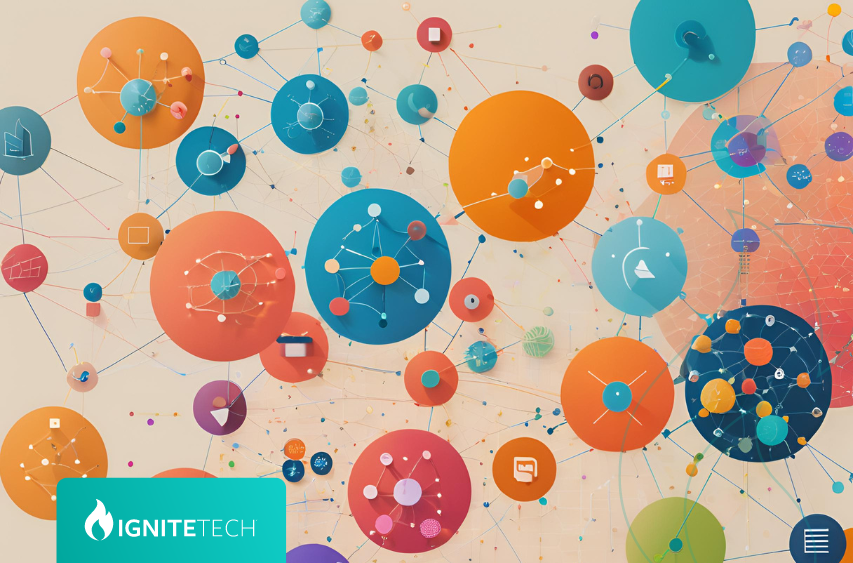As we navigate through the landscape of artificial intelligence (AI), one area that continues to captivate researchers and industry leaders alike is natural language processing (NLP). NLP is the fascinating field of AI that focuses on bridging the gap between human language and computer understanding. This groundbreaking technology has the potential to transform the way we interact with machines, opening up a world of possibilities for businesses and individuals. In this blog post, we will embark on a journey to unravel the mysteries of NLP and explore how computers make sense of human language.
The Foundation of NLP
At the heart of NLP lies a sophisticated network of algorithms and models that work in harmony to decipher the intricacies of human language. These fundamental components include:
1. Tokenization: The process of breaking down a text into smaller, more manageable units called tokens, such as words or phrases, which serve as the building blocks for further analysis.
2. Part-of-Speech Tagging: Assigning grammatical roles to each word in a sentence, such as nouns, verbs, adjectives, and adverbs, to understand the structure and function of language.
3. Named Entity Recognition: Identifying and classifying named entities within a text, such as people, organizations, locations, and other key elements, to extract meaningful information.
4. Syntax Analysis: Examining the grammatical structure of a sentence to uncover its underlying meaning and relationships between words.
5. Semantic Analysis: Interpreting the meaning of words and phrases within their context to grasp the overall sentiment, emotion, and intent conveyed in a piece of text.
The Power of Machine Learning in NLP
Machine learning algorithms are the driving force behind the remarkable advancements in NLP. By training on vast amounts of labeled data, these algorithms can uncover intricate patterns and relationships between words, phrases, and sentences. Some of the most influential machine learning techniques employed in NLP include neural networks, transformer models, and word embeddings. Neural networks are deep learning models that draw inspiration from the structure and function of the human brain, enabling computers to process and understand language with unprecedented accuracy. Transformer models, a revolutionary neural network architecture, have taken the NLP world by storm, allowing computers to comprehend the context and meaning of words within a sentence with remarkable precision. Word embeddings, on the other hand, are a powerful technique that represents words as dense vectors in a high-dimensional space, capturing the semantic relationships between words and enabling computers to understand their meaning.
The Diverse Applications of NLP
The potential applications of NLP are vast and far-reaching, spanning across various industries and domains. Some notable examples include:
1. Chatbots and Virtual Assistants: NLP powers the conversational abilities of chatbots and virtual assistants, enabling them to understand and respond to user queries in a natural, human-like manner.
2. Sentiment Analysis: By leveraging NLP techniques, businesses can analyze social media posts, customer reviews, and other user-generated content to gauge public sentiment towards their brand, products, or services.
3. Language Translation: NLP is the backbone of advanced machine translation tools that can accurately translate text from one language to another, breaking down language barriers and fostering global communication.
4. Content Analysis: NLP algorithms can automatically categorize and analyze massive volumes of text data, such as news articles, research papers, and legal documents, saving time and resources while uncovering valuable insights.
The ability of computers to understand and process human language has opened up a world of possibilities, transforming the way we interact with technology. By harnessing the power of machine learning and natural language processing, businesses can unlock new opportunities, streamline processes, and deliver personalized experiences to their customers.






